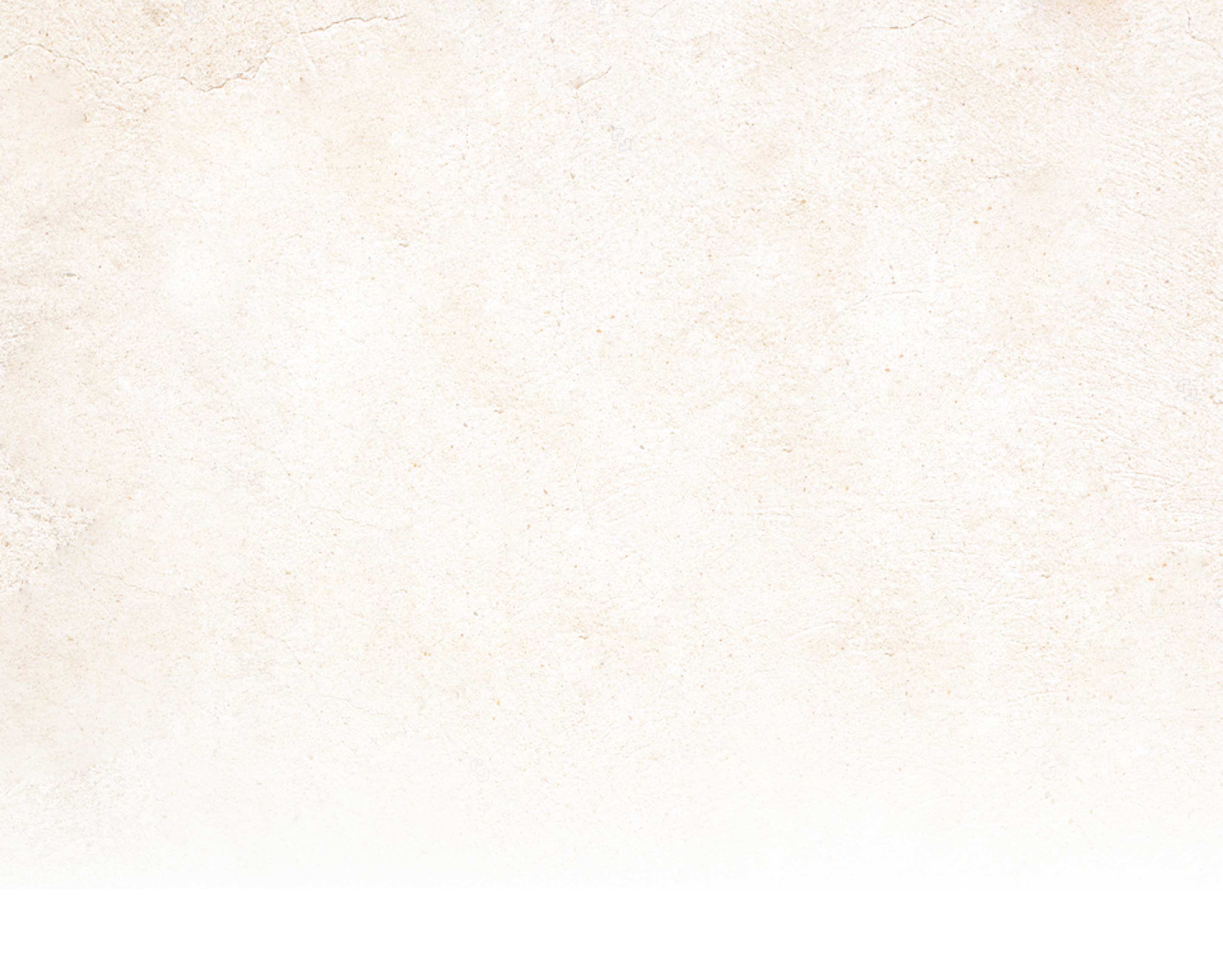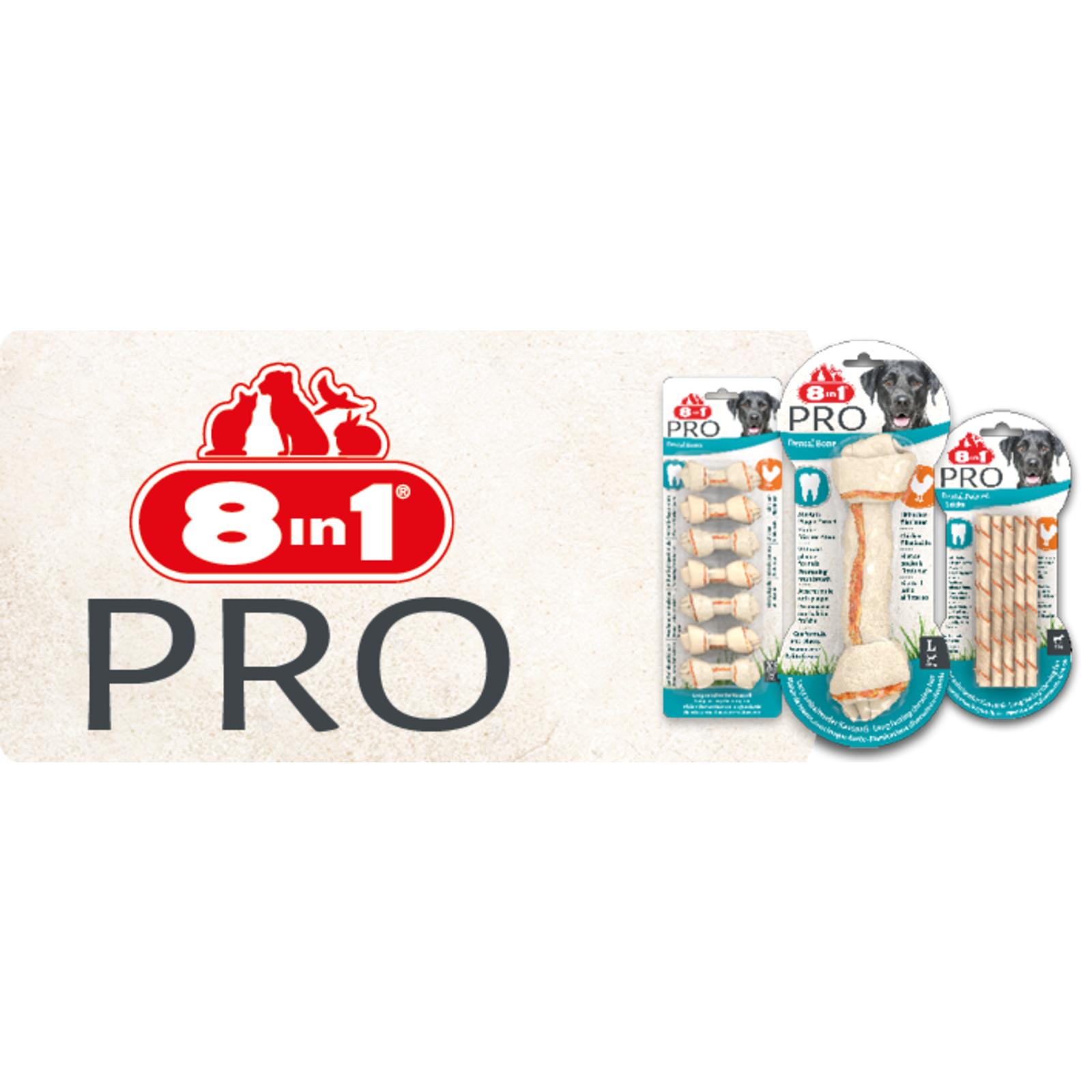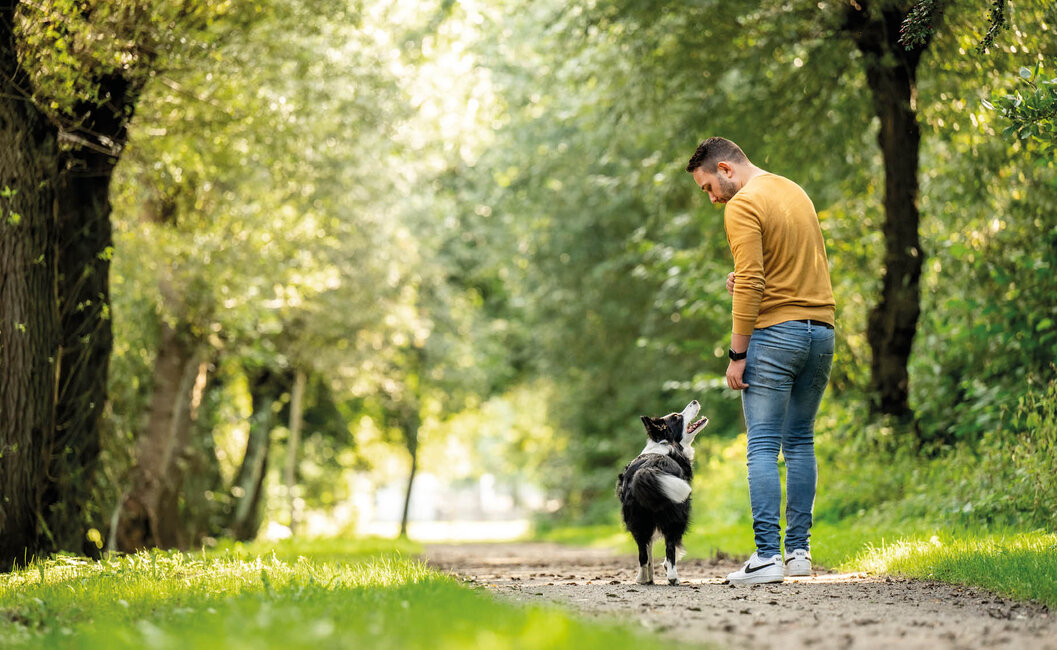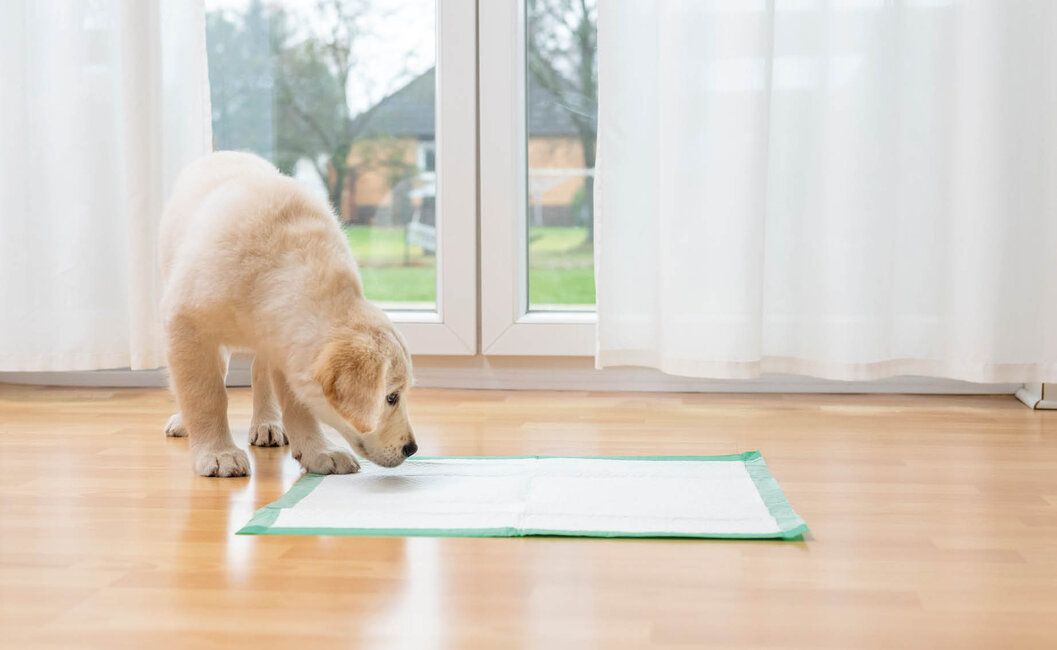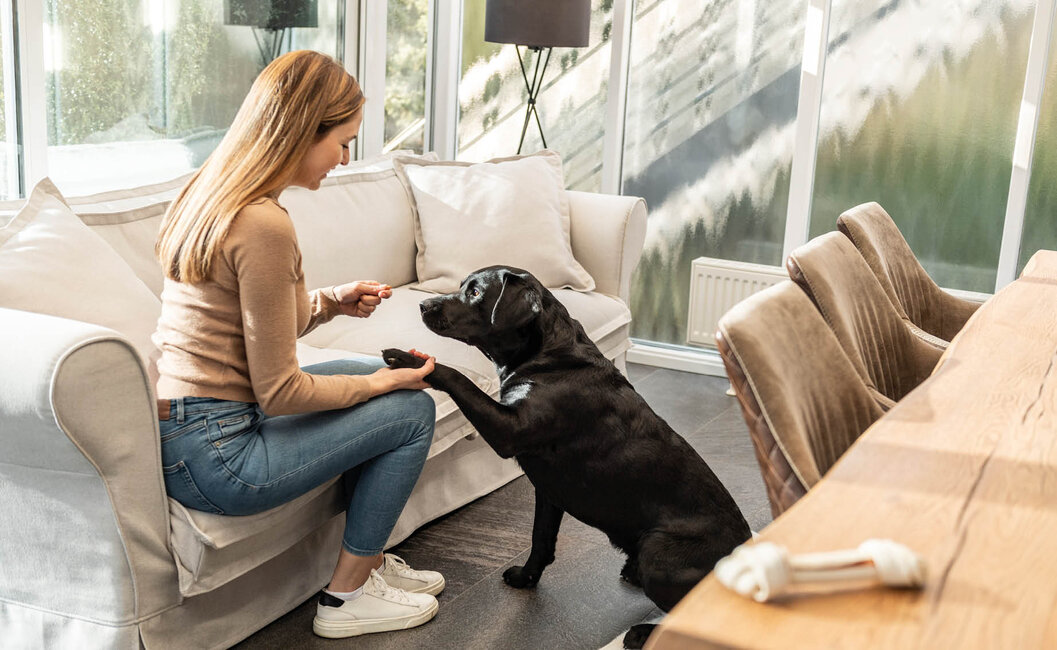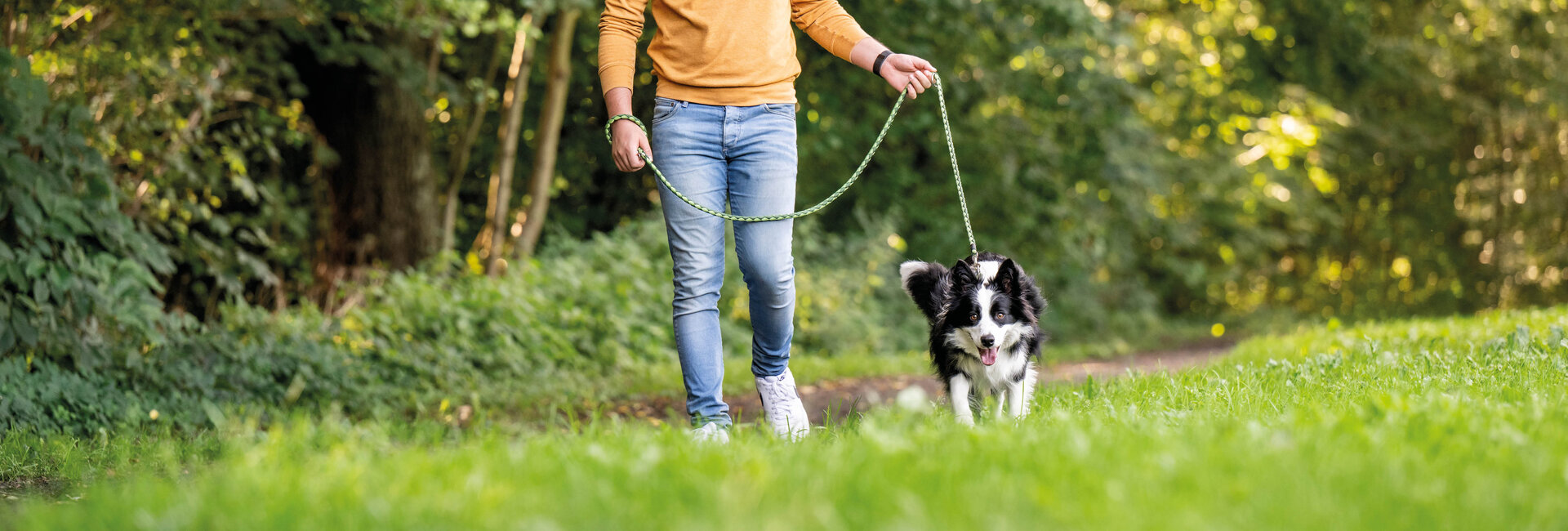


Lead Training
Irrespective of whether you live in the town or in the countryside, you should start socialising your dog with other dogs and humans at the earliest possible opportunity. The earlier that he learns how to deal with other living things, the better. What could provide a more suitable opportunity, apart from puppy socialisation classes at your local dog obedience school, than the daily walk? Even if you have the possibility of allowing your dog to run freely, you should still teach him how to walk on the lead correctly. Ideally, first get him used to wearing a collar around the house. At first, this can seem very strange to your young puppy. If he should try to remove the collar by clawing at it and twisting his body out of it, distract him, for example, by playing with him. Once he has got used to wearing the collar, you should start training him using a long, lightweight lead. Even at this early stage, do not allow him to snap at the lead and chew on it (tell him “Leave!”); instead, try to distract him. If your dog pulls on the lead to investigate something that has caught his eye, simply stand still and proceed only once he has stopped pulling. You will find that your dog gradually gets used to the lead and you will be able to take him for walks without any problem whatsoever.


